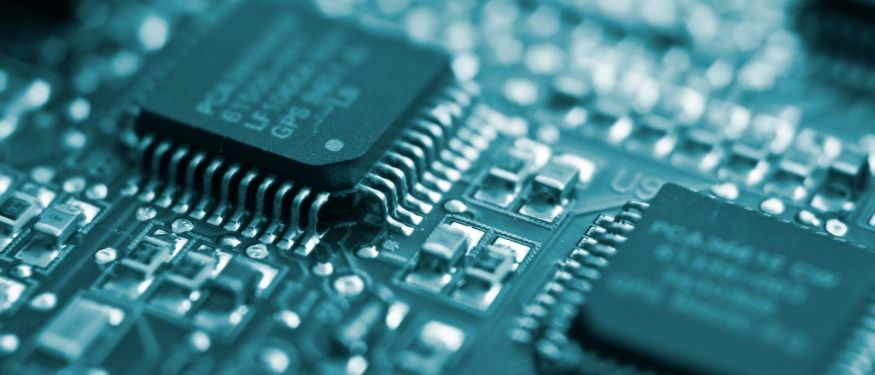
There is an expectation that the global microchip market will grow by over 10% in just 6 years. Microchips power everything from computers and smartphones to cars and medical devices. But how are microchips made?
What is the science behind silicon chips? In this article, we'll answer these questions. What are microchips made of? How silicon chips are made?
How are Microchips Made?
Microchips are tiny electronic devices that contain integrated circuits (ICs). Multiple layers of material make these ICs. These include:
- Silicon
- Metal
- Insulating materials such as silicon dioxide
The most common type of microchip is a silicon chip, which is made from purified silicon.
How Silicon Chips Are Made
The process of how silicon chips are made is a complex one. It involves many steps. These include crystal growth, wafer fabrication, and IC packaging. Here's a closer look at each of these steps:
Crystal Growth
The first step in making silicon chips is to grow a large, single crystal of silicon. This process is the Czochralski method.
Here, one dips a small silicon seed crystal into a pool of molten silicon and slowly pulled out while rotating. While pulling the seed crystal, it grows into a larger, cylindrical crystal, known as an ingot.
Wafer Fabrication
Once the ingot is grown, the manufacturers slice them into thin wafers using a diamond saw. These wafers are then polished to a mirror-like finish.
They undergo a process known as doping. Impurities are then added to create regions of positive and negative charge within the silicon.
IC Packaging
After the fabrication of the wafers, the manufacturers cut them into individual chips and assemble them into packages. The packages protect the chips and provide electrical connections to other components. There are several types of IC packages.
These include:
- Ceramic packages
- Plastic packages
- Ball grid array (BGA) packages
The Science Behind Silicon Chips
The science behind silicon chips is all about the properties of silicon, which is a semiconductor material. Semiconductors are materials that can conduct electricity under certain conditions but not under others. In the case of silicon, it can conduct electricity when impurities are then added to create regions of positive and negative charge.
These regions form the basis of transistors, which are the building blocks of ICs. Transistors can amplify or switch electrical signals. One can combine them to create complex circuits that perform specific functions.
Making Microchips
The process of making microchips is an automated one that involves advanced machinery and precision techniques. Each step in the process is highly controlled to ensure that the final product meets the required specifications.
The semiconductor industry is innovating and improving the process of making microchips. This has led to the development of smaller, faster, and more efficient chips over the years.
What Are Microchips Made Of? Now You Know
Microchip technology has revolutionized the way we live, work, and communicate. It continues to drive innovation in a wide range of industries. The science behind microchip fabrication can help us appreciate the incredible complexity and precision involved in creating these tiny devices.
So, how are microchips made? What are microchips made of? Well, the process involves using materials like silicon to create wafers. Thin layers of material are deposited onto the wafer. They then etch patterns onto the layers to form electronic circuits.
As the demand for microchips continues to grow, the semiconductor industry will continue to push the boundaries of what is possible with this remarkable technology. Reach out to us if you're on the research and development teams at semiconductor companies. We can help your company push the boundaries of this ever-evolving technology.
Published June 22, 2023.
